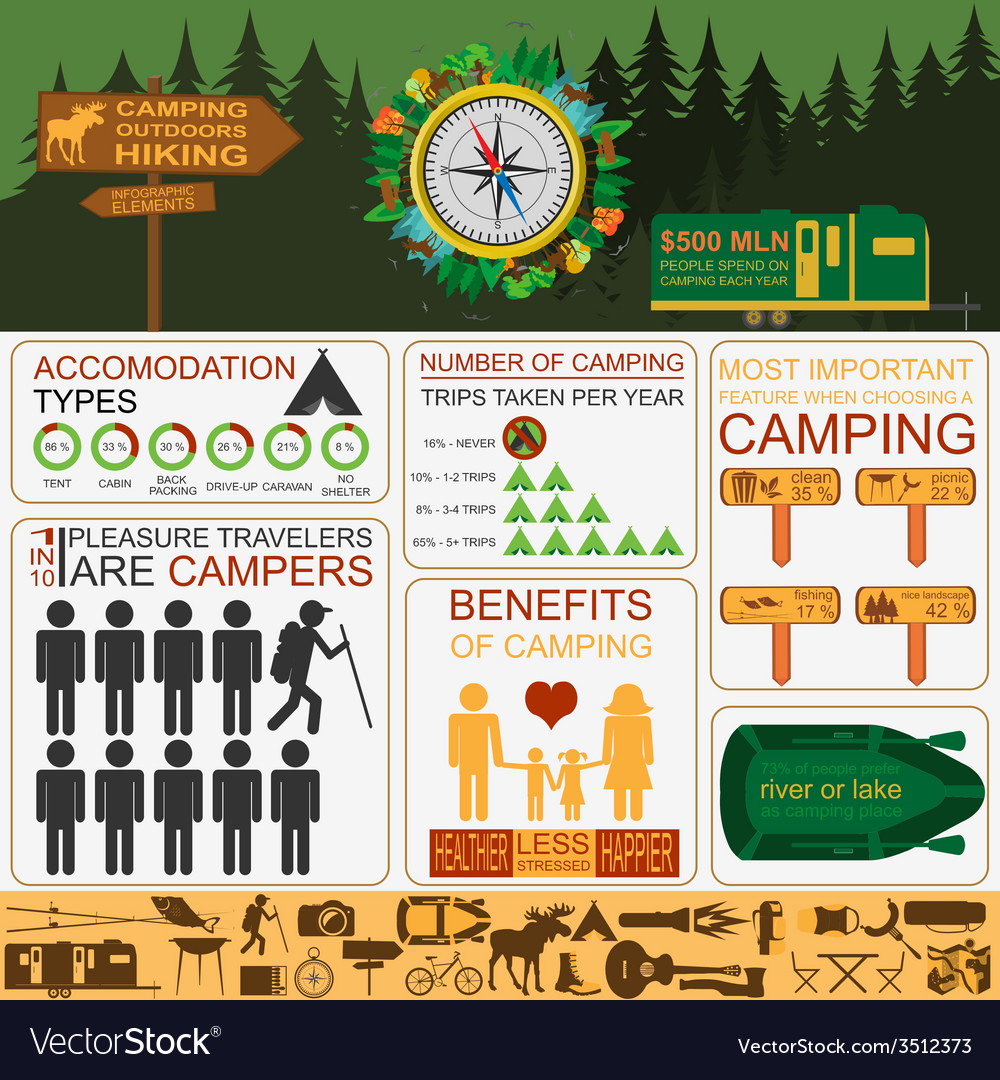While both offer toughness in various environments, it is necessary to establish which sort of insulation will certainly best serve your requirements. The insulation you choose influences heat, weight, water resistance, compressibility and price.
Down is gathered from waterfowl, generally ducks or geese. It is prized for its agility, easy compression and protecting buildings. Nonetheless, down ends up being much less efficient when wet.
Warmth-to-Weight
A high warmth-to-weight proportion is wanted in exterior apparel and equipment. The insulating residential or commercial properties of down feathers make them a terrific choice for this function, as they are exceptionally cozy and lightweight.
However, down loses its shielding capacities when it splashes, suggesting it requires to be coupled with a waterproof covering. Additionally, some individuals dislike down, making synthetic jackets a far better choice for them.
Artificial insulations are normally made from recycled polyester and designed to simulate down's insulating residential or commercial properties. They are not as lightweight as down, but they do not lose their protecting capacities when they splash and dry faster than down. They are also a lot more affordable than down. However, their lifespan is shorter than down, leading to higher maintenance and replacement expenses.
Water Resistance
The insulation you pick for your work jacket will certainly make a large difference in exactly how comfy you really feel outdoors. Nonetheless, the kind of insulation you select likewise has substantial ramifications for your sustainability goals.
Down is a superb insulator for a number of reasons. It's light-weight, compressible, and provides a great warmth-to-weight ratio. Nonetheless, it does not prosper when it splashes. Down clumps up and sheds its loft when wet, which can significantly lower its ability to catch heat.
Artificial insulation products, such as Thinsulate and Primaloft, hold up much better versus wet conditions. They commonly have a limited weave or chemical finishing that maintains water from penetrating the material. This allows the insulation to stay breathable, even if damp. It deserves keeping in mind that synthetics can likewise be awkward when damp, yet they keep their insulating residential or commercial properties.
Compressibility
While goose down does have a superior warmth-to-weight ratio, artificial insulation executes likewise. However, unlike down which soaks up and sheds its protecting abilities when wet, artificial insulation does not. Therefore, it can keep its loft space and catch warm air in damp problems.
Generally made from polyester sheets or clusters that resemble down, one of the most typical synthetic insulation brand names include PrimaLoft, FullRange, Thermoball and Patagonia's PlumaFill. While it still can't match down's loftiness and warmth-to-weight, synthetic coats are lightweight, fast to completely dry and less expensive than down. This makes synthetic coats ideal for damp settings, or if you're prone to sweating heavily. Artificial coats are also much less fragile than down and can take a beating. This longevity encompasses their face textiles which are typically thicker and extra resilient than down.
Durability
A major factor to consider in sustainability is a material's longevity and toughness. Natural products like cork, ThermaCork expanded cork and Havelock wool last longer than artificial options like fiberglass and plastic. They additionally require less upkeep and can endure rough environmental problems.
Nonetheless, natural insulation doesn't perform also when damp as artificial choices. Woollen and fleece glob with each other when wet, compromising their capability to catch heat. Artificial insulation, on the other hand, does not absorb wetness and continues to insulate even when soaked.
This makes synthetic insulation suitable for wet environments and strenuous activities where you may sweat greatly. It's additionally easier to clean and dries faster than down. This included sturdiness and reliability make artificial insulation a general victor in this classification. This translates to sturdy protected job boots that last lengthy and keep you heat through requiring atmospheres.
Sustainability
All-natural products use biodegradability and a smaller sized ecological impact, while artificial choices boast toughness and cutting-edge applications that sustain power performance. Nonetheless, it is essential to understand real environmental effect of these insulation awning materials from cradle-to-grave.
For example, if a natural insulation product needs to travel a far away from its source to the structure site, transportation-related emissions enhance its total carbon footprint. Picking locally sourced and reused items lowers that impact. And, choosing GREENGUARD and Cradle to Cradle qualifications guarantees that insulation is devoid of volatile natural substances (VOCs) and supports liable sourcing and labor conditions.
Lamb's wool and cork are sustainable insulation sources that are gathered without damaging the tree or plant. Both have actually the included benefit of being naturally immune to mold, insects and wetness.
